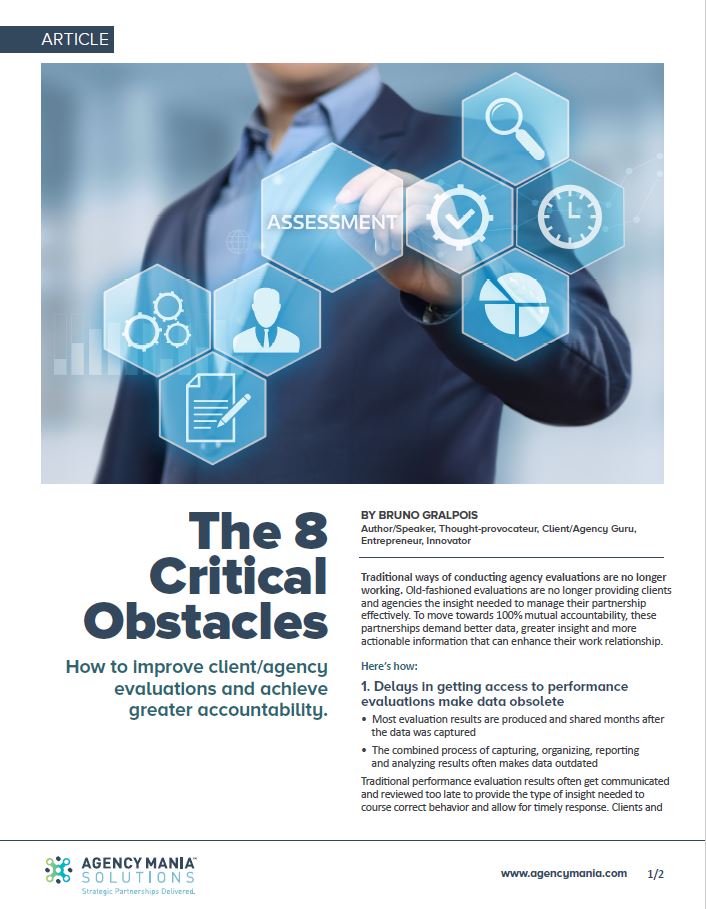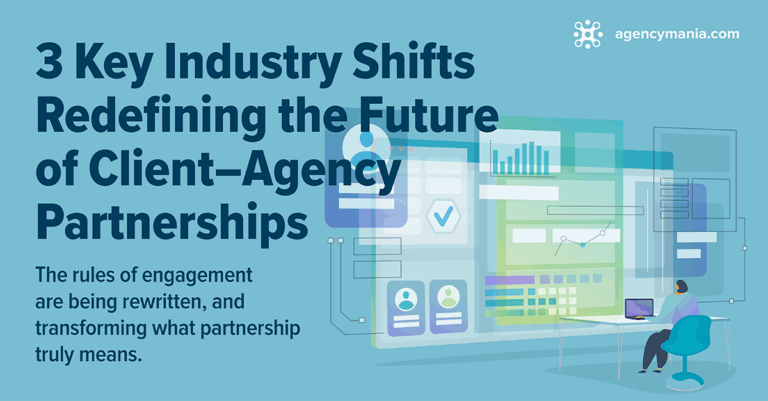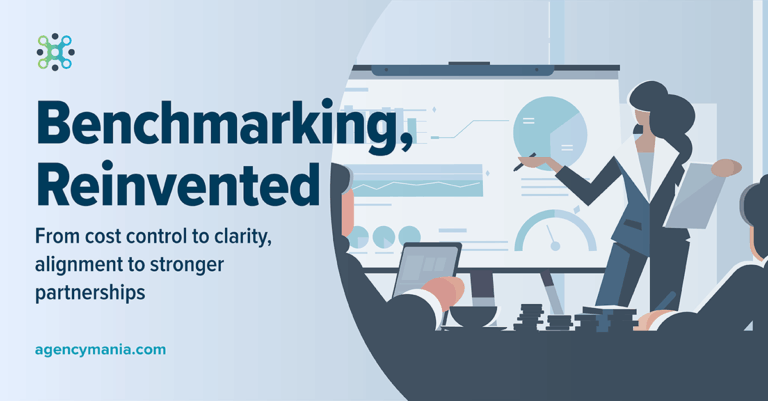The 8 Critical Obstacles:
Traditional ways of conducting agency evaluations are no longer working. Old-fashioned evaluations are no longer providing clients and agencies the insight needed to manage their partnership effectively.
To move towards 100% mutual accountability, these partnerships demand better data, greater insight and more actionable information that can enhance their work relationship.
Here’s how:
1. Delays in getting access to performance evaluations make data obsolete
- Most evaluation results are produced and shared months after the data was captured
- The combined process of capturing, organizing, reporting and analyzing results often makes data outdated Traditional performance evaluation results often get communicated and reviewed too late to provide the type of insight needed to course correct behavior and allow for timely response. Clients and agencies often acknowledge that some of the challenges identified in the process are “old news” and therefore not as actionable as they could be. New performance evaluation techniques significantly speed up the data collection, reporting and analytical process to be timely insight.
2. Single dimension performance evaluations limit holistic root cause analysis
- Client evaluations of agencies still remain the primary form of performance evaluation
- Agency evaluations of clients are becoming more frequent (aka 360 reviews), but most evaluations do not include self-assessments and cross-agency evaluations, offering a limited, incomplete view of these partnerships Client organizations have historically focused on evaluating their agency partners without soliciting their input or acknowledging the important role they play in the relationship. Self-assessments (agency assessing its performance and vice versa) are helpful to identify potential (and perceived) discrepancies in performance. Cross-agency evaluations are increasingly critical for clients expecting their agency partners to collaborate effectively and are now an important source of additional insight for rich root cause analysis.

3. Over-emphasis on quantifiable scoring undermines real insight and rationale
- Performance evaluations tend to be used predominantly as mathematical exercises to score performance
- Scoring of agencies helps identify trouble areas but fails to provide real insight as to contributing factors
The ability to mathematically score agencies across a number of relationship attributes has been particularly helpful to assess trouble areas and areas of strength in relationships. However, the actual scoring process might receive too much attention compared to its more insightful, actionable and quantifiable companion exercise that involves the review and analysis of comments and overall sentiments.
4. Manual reporting and information sharing can be costly and time-consuming
- Lack of standards makes reporting a very time-consuming and cost-prohibitive activity for some clients
- Sharing information in an easy to read and timely manner is of utmost importance to ensure all stakeholders have personalized, insight-driven reports with graphs and summary views they can use to review in partnership with their agencies to determine action plans Client organizations are known to spend a disproportionate amount of their valuable time producing reports that can be used to review results with their agencies, often leading to less customized and more generic analyses. A more streamlined approach to reporting allows clients to create as many views of the data as needed to facilitate conversations between individual client teams and their respective agencies. Time saved in producing reports can then be reinvested in productive conversations about potential actions to be taken.
5. Once a year performance evaluations do not allow for ongoing course correction and useful feedback
- Relationships are too dynamic and subject to change to be accurately captured in a once-a-year review
- Course correction is often easier once problem areas have been successfully identified so behavior can be rectified Employee evaluations often call for frequent synch reviews and discussions as companies have realized that course correction must happen in a more timely manner than a once-a-year review. The same principle applies to client/ agency relationships, which benefit most from a constant structured dialog around performance. This includes project post-mortems, or at the very least, semi-annual or quarterly pulse checks, allowing both parties to quickly address problem areas shortly after they occur.
6. Underlying performance objectives are not clearly communicated or understood
- Performance evaluations are as good as a client’s ability to articulate expectations and objectives
- Adequate efforts must take place to ensure everyone involved is fully aware and clear about what success is Performance evaluations reveal great insight into the relationship if everyone is fully aware of what success looks like and is providing feedback that is based on a clear articulation of the client’s objectives and relationship expectations.
In absence of that, feedback is provided without appropriate context, which can lead to false conclusions. Too many organizations focus on the back end and not enough on the front-end setup and expectation setting, missing the opportunity to stir the relationship in the right direction and produce contextually relevant insight.
7. Sentiment analysis is only possible by carefully mining unstructured data
- Unstructured data, like qualitative input and comments, is harder to mine and analyze
- The ability to read between the lines and understand the comments made by clients and agencies is directly proportional to the richness of the insight generated Clients realize that the most valuable pieces of information captured in client/agency performance evaluations are comments received by both sides that provide some explanation for high and low ratings, as well as the underlying contributing factors. Sentiment-type analysis, inspired from social media practices, unleashes a new set of insights that would otherwise not be available to enhance understanding of road blocks to greater relationships.
8. Actionable and truly objective insight is challenging without the involvement of a reputable third party
- Being truly objective is virtually impossible when dealing with client/agency performance evaluations
- Without an independent assessment, agencies might question the integrity and value of the insight generated Traditional performance evaluations were conducted by client teams or their procurement counterparts, raising legitimate concerns from the agencies about the data produced, which at times may have lacked a truly objective assessment of the many variables associated with that partnership. The use of a reputable, independent third party to evaluate and analyze results ensures that a productive dialog will take place on issues that matter to both.
By Bruno Gralpois, Author/Speaker, Thought-provocateur, Client/Agency Guru, Entrepreneur, Innovator






